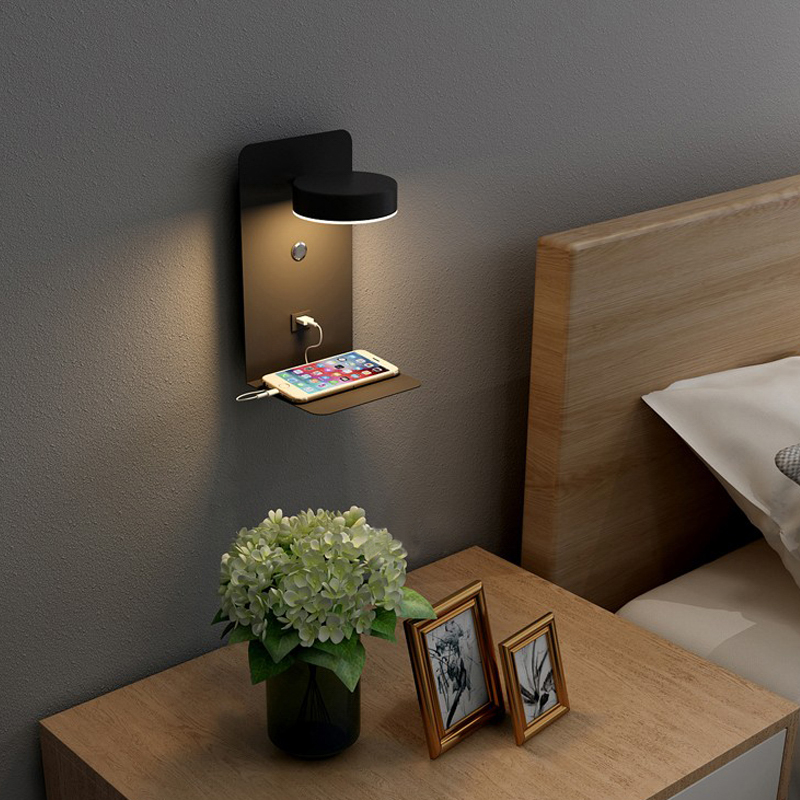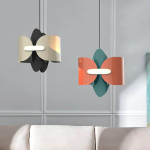
Introduction
Lighting design has come a long way since the early days of electric lights. Today, we have a vast range of lighting fixtures and systems, each with their own unique design and application. One such design movement that has made a significant impact on lighting design is modernism. In this article, we will explore the principles of modernist lighting and how it has contributed to the evolution of lighting design.
Modernist Lighting: Principles and Characteristics
Modernism originated in the early 20th century as an artistic response to the changing world. It sought to move away from the ornamentation of the past and embrace new materials and techniques, which prompted simpler forms with clean lines and minimal decoration. When applied to lighting design, modernism leads to fixtures that are functional, elegant, and streamlined.
One of the most significant principles of modernist lighting is the use of new materials. Rather than relying on traditional materials such as glass and bronze found in traditional lighting fixtures, modernist designers explored the use of materials such as steel, chrome, aluminium and even glass fiber. This allowed them to create sleek, minimalist designs that could be easily produced in volume and adapted to different lighting needs.
Another notable feature of modernist lighting is its emphasis on function over form. Modernist designers believed that a light fixture should primarily serve as a source of light and not merely as a decorative element. They designed fixtures that delivered the required amount of light while blending seamlessly into the surrounding space. This approach helped create a new type of architectural lighting that was integrated into the building design rather than being merely installed as an afterthought.
The Impact of Modernism on Lighting Design
The modernist lighting movement has had a significant impact on how we think about lighting design. It has influenced not only the aesthetics of lighting fixtures but also their function and application. Some of the areas where modernism has had the most significant impact include:
Architectural Lighting
One of the most significant influences of modernism on lighting design has been in the field of architectural lighting. Modernist designers, such as Richard Kelly and Le Corbusier, pioneered the use of lighting as an integrated element of building design. They recognized the importance of creating a harmonious relationship between the building and the lighting, which would enhance the visual experience of the space.
Task Lighting
Modernist designers also recognized the importance of task lighting – lighting designed to enable specific tasks such as reading or cooking. They created fixtures that delivered bright, directed light, often with an adjustable arm that enabled the user to direct the light where it was needed. This approach has influenced the development of modern-day task lighting fixtures such as desk lamps and pendant lights.
Energy Efficiency
Finally, modernist lighting has also had a significant impact on energy efficiency. The use of new materials and streamlined designs has led to the creation of lighting fixtures that consume less energy while delivering the same amount of light. This approach has become increasingly relevant in the face of ecological concerns, and modernist lighting designers continue to push the boundaries of what is possible in this area.







